Mornings in the clinic can feel like a nonstop rush. You’re checking charts, reviewing vitals, answering patient questions, and trying to keep track of progress all at once.
Now imagine having a little helper that quietly collects patient-generated health data (PGHD) from your patients, without adding extra work to your day.
That’s exactly what wellness apps do. They track steps, sleep, meals, and even chronic condition metrics, then turn all that raw information into actionable health data insights. Think of it like having a cheat sheet for patient habits, delivered straight to your fingertips through digital health apps and health tracking apps.
These apps provide wellness analytics that help you spot patterns, identify risks early, and support patients in making small, meaningful changes. Instead of piecing together health information at each appointment, you can see the bigger picture unfold in real time.
And with the global wellness management apps market projected to grow to $54.00 billion by 2032, it’s clear that these digital tools are becoming an integral part of how modern healthcare operates.
In this blog, we’ll see how to use wellness apps to grab the important patient data, make sense of it, and turn it into easy steps that actually help patients stay healthy.
How Are Wellness Apps Changing Everyday Healthcare?
Picture this: a patient walks into your clinic, but instead of just relying on what they remember or what you can measure in a 15-minute visit, you already have a full picture of their habits, sleep, activity, nutrition, and even stress levels, all thanks to wellness apps.
Sounds like science fiction?
Table of Contents
It’s not. This is quickly becoming part of everyday healthcare.
Over the past few years, digital health apps have exploded in popularity. Patients are logging steps, tracking sleep, monitoring meals, managing chronic conditions, and even using an expert-built meditation app to handle stress and anxiety.
For clinicians, it’s actionable patient health data that can guide treatment, spot early warning signs, and support better outcomes.
Think back to the old days: patient data was mostly snapshots from appointments, blood pressure readings, lab results, maybe a quick conversation about habits. Now, wellness apps provide continuous, real-world insights. Trends appear, patterns emerge, and you can personalize care in ways that weren’t possible before.
Plus, these apps encourage digital patient engagement. Patients are participating in their own care. That means richer clinical outcomes data and patients who are more invested in following care plans.
In short, wellness apps are becoming essential tools for modern healthcare, helping clinicians turn raw patient data into insights that actually improve outcomes.
Types of Wellness Apps and Their Use Cases
Not every wellness app does the same job. Some focus on movement, some zero in on diet, others tackle sleep or stress, and a few are designed specifically for chronic conditions. Together, they create a fuller picture of patient health than any single clinic visit could provide.
Healthcare teams can also collaborate with experienced MVP development teams to quickly create and test apps customized to patient needs, ensuring the data collected translates into actionable insights.
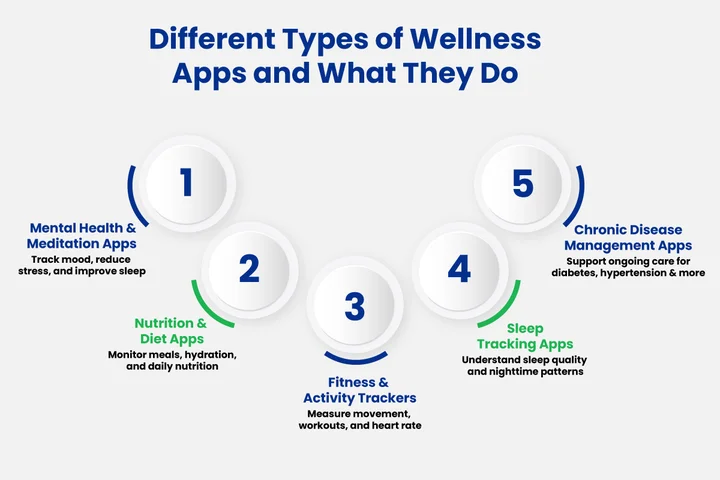
Let’s break them down:
1. Mental Health and Meditation Apps
With stress, anxiety, and burnout on the rise, mental health apps like Headspace, Calm, or Moodpath are stepping in as daily mental wellness companions.
- Data they collect: Mood logs, meditation sessions, stress check-ins, and sleep quality.
- Why it matters: Mental health directly impacts physical health. These apps give you insights into stress patterns or mood fluctuations that may affect chronic conditions.
- Patient outcomes: Lower stress, better sleep, and improved resilience, plus patients feel supported between visits.
2. Nutrition and Diet Apps
Apps like MyFitnessPal or LoseIt are basically pocket food diaries, but smarter. They give both patients and providers visibility into daily eating habits.
- Data they collect: Calories, macronutrients, hydration, and meal logs.
- Why it matters: Instead of vague answers like “I think I eat healthy,” you see real patterns, like skipped breakfasts or late-night snacking.
- Patient outcomes: Weight management, improved energy, and prevention of diet-related conditions.
3. Fitness and Activity Tracking Apps
Think of apps like Garmin or Strava as your patient’s personal cheerleader, counting steps, tracking heart rate, and celebrating milestones.
- Data they collect: Steps, workouts, heart rate, and sleep.
- Why it matters: As a clinician, you can see if your “walk 30 minutes a day” advice is actually happening or if patients are stuck at desk-job-level activity.
- Patient outcomes: Better motivation, measurable progress, and lifestyle improvements that help prevent long-term health issues.
4. Sleep Tracking Apps
Sleep is often the missing piece in patient health. Apps like Sleep Cycle or wearable integrations fill that gap.
- Data they collect: Sleep duration, quality, wake times, and even snoring patterns.
- Why it matters: Poor sleep can worsen conditions like diabetes, hypertension, and depression. Sleep apps give a window into what happens at night, not just what patients report.
- Patient outcomes: Improved sleep hygiene, early detection of sleep disorders, and better overall health.
5. Chronic Disease Management Apps
Apps for diabetes, hypertension, heart disease, or asthma management go beyond “wellness” and directly support medical care. Think MySugr for diabetes or Omron’s blood pressure app.
- Data they collect: Blood glucose, blood pressure, medication logs, symptoms, and lifestyle habits.
- Why it matters: This data connects day-to-day management with clinical care, making it easier to spot risks before they turn into emergencies.
- Patient outcomes: Fewer hospital visits, more consistent management, and better patient confidence in handling their condition.
Together, these health tracking apps give clinicians a 360° view of patient health, not just how they look during an appointment, but how they actually live day to day. That’s where the real patient health insights start to emerge.
Most apps fail to connect the dots between experience, insight, and outcomes. Design one that does it all, engaging for patients, insightful for clinicians, and powerful in results.
How Is Patient Data Collected Through Wellness Apps?
Patients don’t walk around jotting down notes about every snack, step, or stress spike; thankfully, wellness apps do that work for them. Most of the time, the data is gathered quietly in the background or with just a quick tap.
The data collection is smooth and secure. Further, HIPAA and GDPR regulations ensure that patient-generated health data stays private, building trust so patients feel comfortable sharing daily habits.
This is where things get interesting:
- Mental Health & Stress: Mood check-ins, meditation sessions, and stress-level ratings logged right in the app.
- Movement & Activity: Steps, heart rate, workouts, and even oxygen levels are captured automatically by wearables and phones.
- Nutrition & Diet: Barcode scans, food photos, or simple meal logs that turn into detailed nutrition records.
- Sleep Tracking: Smart devices monitor light, deep, and REM sleep, plus restlessness through the night.
- Chronic Condition Monitoring: Devices like glucose monitors, BP cuffs, or inhalers sync data straight into mobile health apps.
The beauty?
Patients just live their daily lives, while apps quietly turn all of it into patient-generated health data (PGHD). For doctors, it’s like getting a clear picture of a patient’s daily health instead of trying to guess everything during a short appointment.
What Is The Role of Analytics in Wellness Apps?
Collecting data is just the first step. On their own, raw numbers, like “8,000 steps” or “6 hours of sleep,” don’t say much. The real power of wellness apps comes when that data gets crunched, compared, and turned into insights you can actually use in patient care. That’s where analytics step in.
Think of analytics as the translator that takes all the messy, everyday numbers and turns them into a clear story about a patient’s health. Instead of random stats, you start to see patterns, risks, and opportunities for improvement.
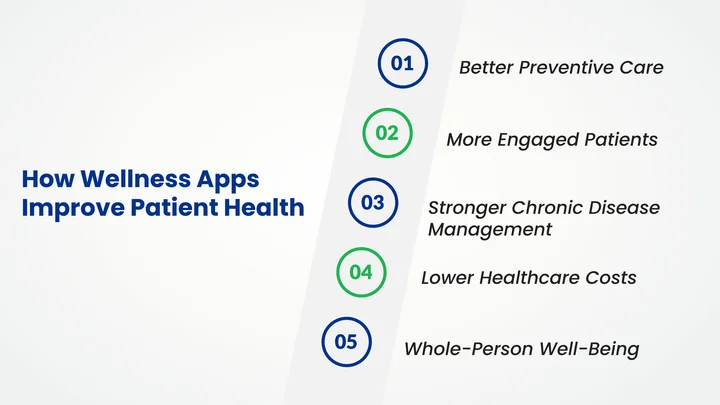
Let’s break down how different types of analytics play a role in wellness apps:
- Descriptive Analytics: What happened? Basic summaries like steps taken, calories logged, mood check-ins, or blood pressure readings. It’s like the app showing the daily scoreboard.
- Predictive Analytics: What might happen next? Based on past behavior, apps can flag risks, like warning signs of a blood sugar spike or predicting increased anxiety if stress and sleep trends don’t improve.
- Prescriptive Analytics: What should be done? Apps can suggest specific actions, like reminding patients to take a short walk, log meals, or try a relaxation exercise.
- Integrative Analytics: How does this connect with the bigger picture? When wellness apps sync with electronic health records (EHRs), lifestyle data connects with clinical data, creating a full-circle view of patient health.
Example: Daniel, 34, is managing anxiety. At checkups, he usually says he’s “doing okay.”
But his mental health app shows a different story: his mood scores drop every Sunday evening, and his sleep tanks before workdays. With those insights, his clinician can talk through workplace stress, suggest mindfulness routines, or even adjust his care plan, turning what would have stayed invisible into practical next steps.
Outcomes: How Wellness Apps Drive Patient Health Improvements
What makes wellness apps truly useful is that they go beyond just tracking data. When used well, they actually move the needle on patient health. It’s like going from raw ingredients to a full meal; you don’t just want the data (the carrots and onions), you want the dish (better health outcomes).
These are some of the ways wellness apps are making a real difference:
- Better Preventive Care: Apps can highlight patterns before they snowball into problems. For example, consistent tracking of sleep, activity, or blood pressure could help clinicians identify early warning signs and intervene sooner, potentially improving preventive care outcomes by up to 50%.
- More Engaged Patients: Seeing their own progress, steps taken, improved mood scores, and steadier glucose levels helps patients stay motivated. Engagement like this can increase adherence to care plans by as much as 30–40%, making patients active participants in their health.
- Stronger Chronic Disease Management: Patients with conditions like diabetes, hypertension, or anxiety can log their daily health, giving clinicians a richer picture than occasional office visits ever could.
- Lower Healthcare Costs: Early warnings and steady tracking often mean fewer hospital visits and less emergency care. Using wellness apps could reduce unnecessary interventions and help clinics lower costs by up to 20–30%.
- Whole-Person Well-Being: Beyond numbers, these apps support healthier habits, balanced nutrition, movement, and mental health check-ins. Consistent use could improve overall patient well-being, with measurable benefits in sleep quality, activity levels, and stress reduction.
In short, the data is just the beginning. It’s what happens after, when clinicians and patients use those insights together, that makes the difference.
The Future of Patient Insights Through Wellness Apps
Honestly, wellness apps are kind of changing the game. Instead of guessing how patients are doing between visits, doctors can now see what’s really going on, how they sleep, eat, move, and manage stress, all through health tracking tools.
These little digital health apps take everyday habits and turn them into useful health data insights. And when that info connects with clinic systems or remote patient monitoring (RPM) dashboards, it gives a complete picture of each patient’s lifestyle, progress, and overall well-being.
Clinics and developers aiming to build similar tools can benefit from collaborating with reliable app development services that understand the needs of modern healthcare.
At the end of the day, it’s all about using wellness app analytics to make care more personal, proactive, and human. Small daily changes really can add up to big health wins.
Frequently Asked Questions (FAQs)
2. Are Wellness Apps Accurate For Clinical Use?
Most digital health apps and mHealth apps are not medical devices, but they are useful for spotting lifestyle trends. They give a clearer view of patient behavior and progress, supporting data-driven healthcare and better patient communication.
3. Can Wellness Apps Connect With Hospital Or Clinic Systems?
Yes. Many patient health apps now offer healthcare app integration, allowing their data to sync with electronic health records (EHRs). This creates a unified view that combines clinical data with lifestyle and wellness information for improved decision-making.
4. Is Patient Data Safe When Using Wellness Apps?
Privacy is a top priority. Trusted mobile health apps follow strict regulations such as HIPAA or GDPR. Patients should always review app permissions and understand how their data is used to ensure safe and transparent digital patient engagement.
5. What Are Some Of The Best Apps For Patient Health Insights?
It depends on the goal. For activity tracking, apps like Fitbit or Garmin are popular. For mental wellness, Calm or Headspace works well. For chronic care, tools like MySugr or Omron are effective. The best health tracking apps are those that patients can use consistently to support better clinical outcomes data.
Drowning in patient data but not finding clear insights? Turn all that data into actionable insights that make patient care more effective.



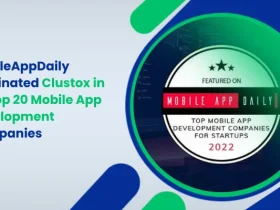
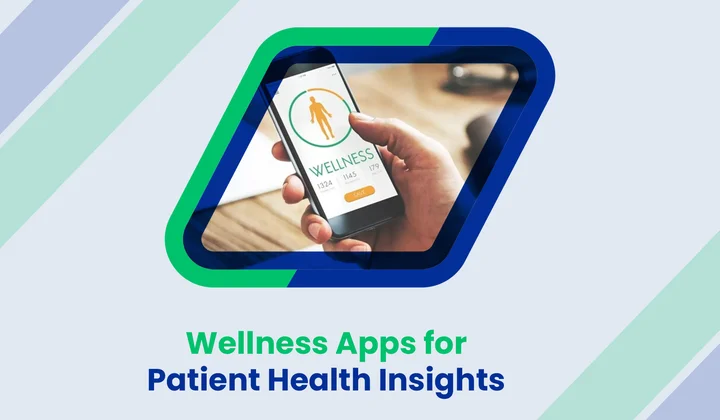
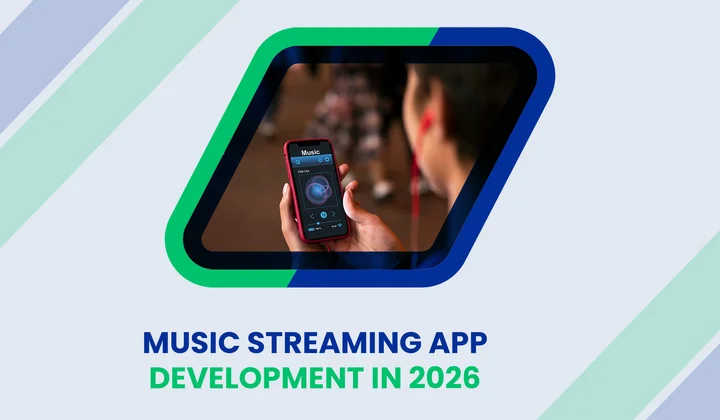


Share your thoughts about this blog!